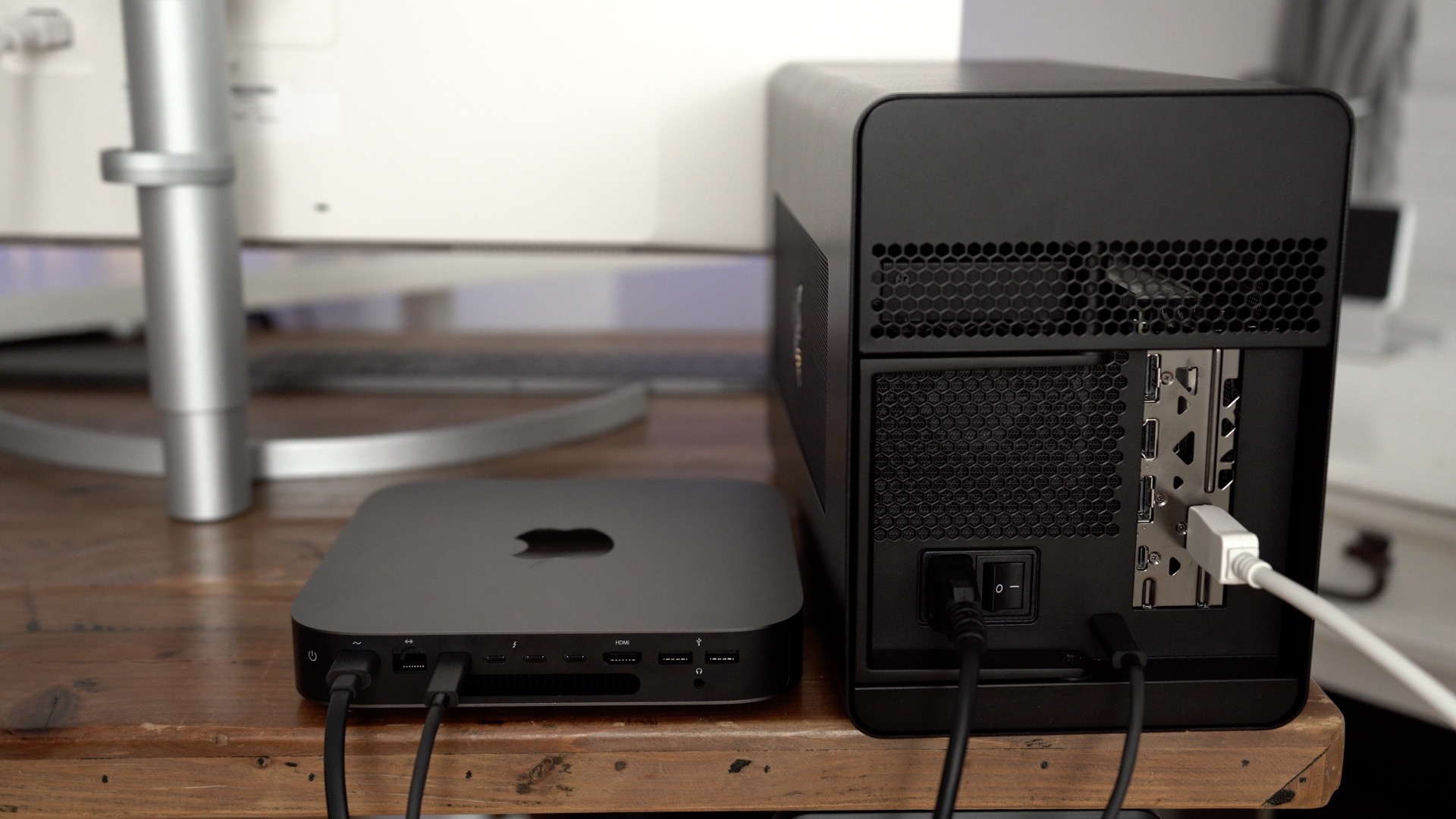

I'll try to remember to post a review here when it arrives, whenever that is. I have a ThinkMod adapter on order, but wasn't one of the early ones so I'm a ways down on the list. The actual pixel fill rate is also dependant on lots of other factors, especially the memory bandwidth - the lower the memory bandwidth is, the lower the potential to reach the maximum fill rate.Intel Core i9-12950HX ("Alder Lake"), 8P+8EĨ× P cores ("Golden Cove"): 2.3 GHz base, 5.0 GHz turbo, hyperthreadingĨ× E cores ("Gracemont"): 1.7 GHz base, 3.6 GHz turboĢ4TB additional storage: 3× Sabrent Rocket 4 Plus 8TB, PCIe4 (Storage Spaces)Ĩ×2.6 GHz base, 5.0 GHz turbo, hyperthreading ("Willow Cove")ĤTB additional storage (Sabrent Rocket Q4) ROPs (Raster Operations Pipelines - also called Render Output Units) are responsible for drawing the pixels (image) on the screen. The number is calculated by multiplying the amount of ROPs by the clock speed of the card. Pixel Rate: Pixel rate is the maximum amount of pixels that the graphics card can possibly write to its local memory in a second - measured in millions of pixels per second. It is measured in millions of texels per second. The higher this number, the better the video card will be at handling texture filtering (anisotropic filtering - AF). This is calculated by multiplying the total texture units by the core clock speed of the chip. Texel Rate: Texel rate is the maximum texture map elements (texels) that are processed per second. It especially helps with anti-aliasing, HDR and high resolutions. The higher the memory bandwidth, the faster the card will be in general. If it uses DDR RAM, it should be multiplied by 2 again. It is calculated by multiplying the bus width by the speed of its memory. Memory Bandwidth: Bandwidth is the largest amount of information (in units of megabytes per second) that can be moved across the external memory interface in a second.


 0 kommentar(er)
0 kommentar(er)
